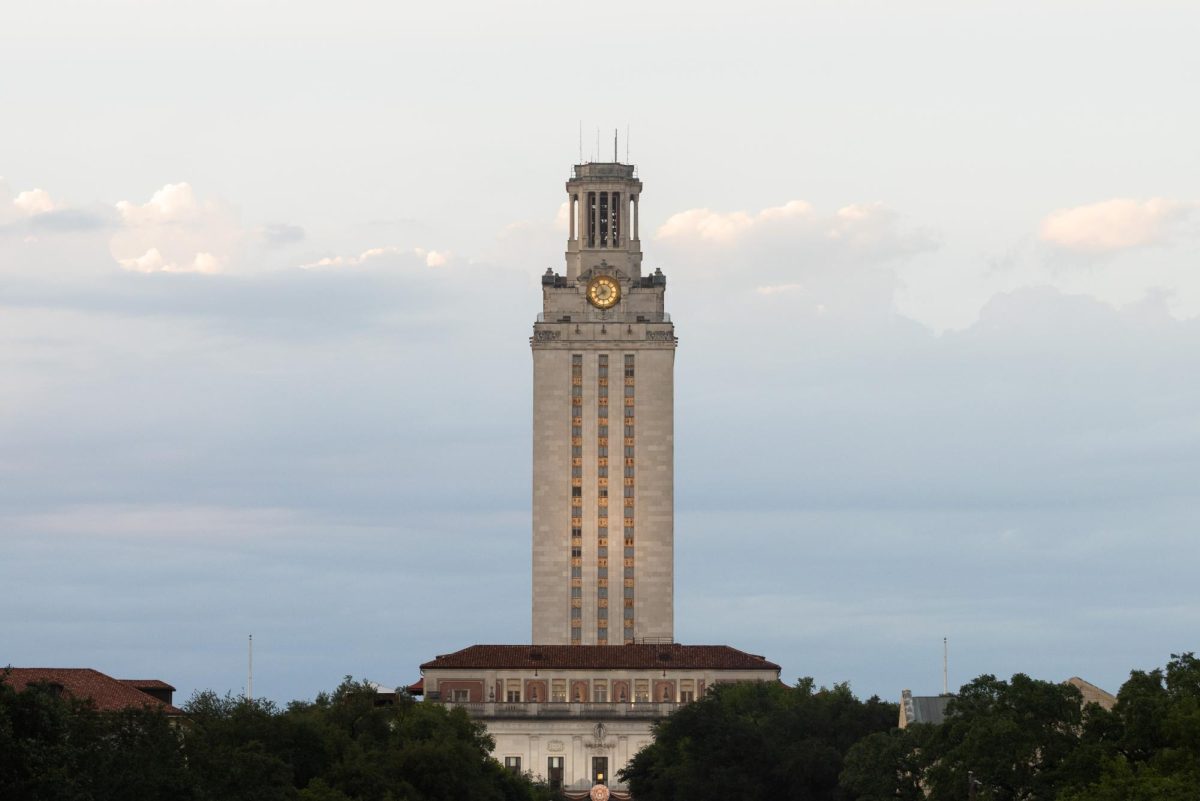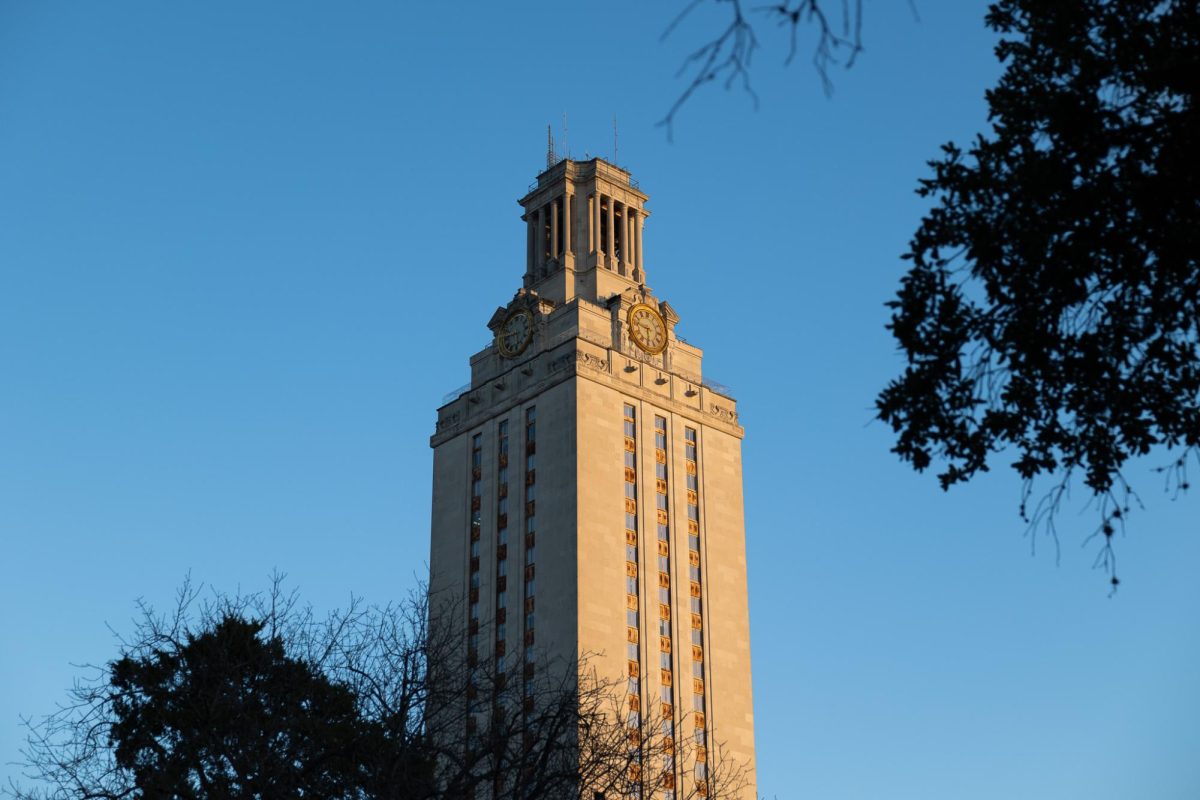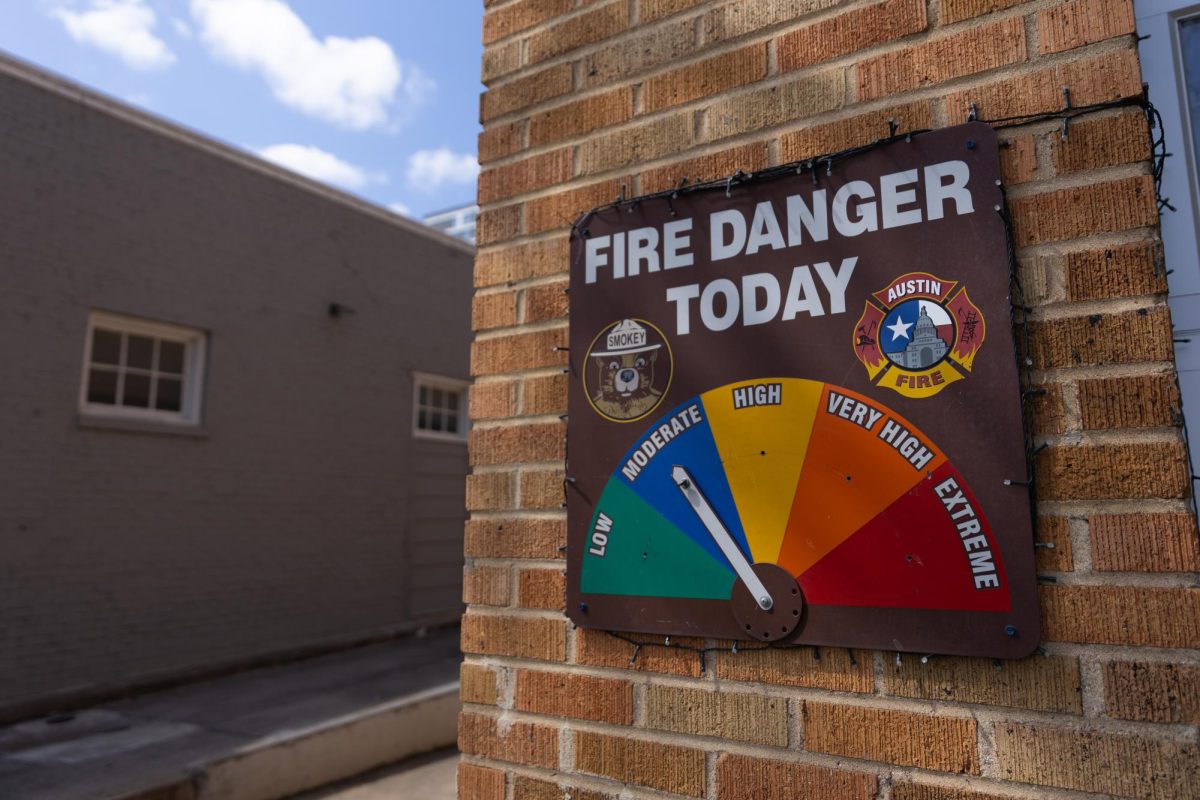The United States Drought Monitor released a drought map on April 3 showing Travis County in an extreme drought, impacting everything from creeks and aquifers to the plant life on campus.
A version of the map released March 2024 put less than half of Travis County in the D2 level severe drought category. Almost all of Travis County is now in a D3 level extreme drought.
“It was the factors between the heat and the dryness late last year,” said Brad Rippey, a meteorologist with the U.S. Department of Agriculture and one of the eight U.S. Drought Monitor authors.
Rippey said the drought monitor looks at factors like soil moisture, stream flow and aquifer data and compares that to historic data to determine the drought category in Travis County. A D2 level drought may happen once every 10 to 20 years whereas a D3 level drought may happen once every 20 to 50 years, Rippey said. The last time Travis County experienced a D3 level drought was January 2024, according to the National Integrated Drought Information System.
“You get into those higher end drought categories, it really shouldn’t happen very often,” Rippey said.
Rippey said drought may lead to a heightened fire risk, low aquifer levels and poor pasture and cropland conditions.
Waller Creek, which runs through campus, has not gone dry because of campus irrigation and runoff water from surrounding neighborhoods that drains into the watershed, said Norma Fowler, a professor in the Department of Integrated Biology.
Fowler said the plant life on campus uses water from Waller Creek. She said supporting native plants like the yaupon holly and live oak on campus can preserve biodiversity and require less water than non-native plants. Non-native plants are not drought tolerant or suited to survive in this climate.
“(Non-native plants) compete for the natives and cause problems,” Fowler said.
A UT environmental health and safety spokesperson said in an email that Waller Creek provides a habitat for campus wildlife while UT WaterHub, a wastewater treatment site located on campus, is working to address campus water usage. UT currently gets 80% of its water supply from the city.
UT Campus Grounds and Landscaping uses irrigation supported by weather data, smart controllers and leak detection systems to use water efficiently, according to the email.
“Most of the things that address climate change are going to also help us address water shortages,” Fowler said.














